For Puerto Rican households, pernil is synonymous with the holiday season. Boasting a combination of succulent, flavorful meat and shatteringly crisp skin, this impressive bone-in, skin-on
roast pork dish has earned its place as the centerpiece of a Christmas dinner spread. Aside from plenty of pork fat, pernil gets its flavor from marinating for at least a few hours in wet adobo seasoning. The time spent is well worth it—the result is ultra flavorful, tender shredded meat with the signature crispy skin. Here’s everything you need to know for how to make the best pernil possible:
How to make pernil:
Aside from crispy skin, robust, well-seasoned meat is a must-have for good pernil. The shoulder is a tougher cut, which means it benefits from marination as well as a low/slow cook to break down fat and muscle fibers. Here’s our top tips to ensure your pernil is as flavorful as can be:
— To make sure the seasoning is evenly distributed throughout the meat, the pork should typically be lightly pierced with a knife before marinating (2 hours at least but overnight is a game-changer) to allow the marinade to seep into and deeply flavor the meat.
— The classic seasoning for pernil is a wet adobo made from a simple combo of garlic, salt, pepper, and oregano ground together with a mortar and pestle with the occasional addition of sour orange juice. We started with those flavors as our base and amped it up even more by adding dry adobo seasoning, which you can buy or make yourself.
How to get crispy skin on pernil:
The shattering, crispy skin is the reward for a well-roasted pernil. There are two keys to achieve a perfectly browned and crisp layer of skin. First, roast the pork uncovered. While you might typically cook pork shoulder covered to retain moisture in the pot, covering pernil with foil as it roasts will almost always result in the skin sticking to the foil, ruining your chance for a perfect cap of skin. The second key is to end the roast with a blast of high heat to drive any last bits of moisture out of the skin. You’ll know your pork is ready when tapping the skin with a wooden spoon sounds like knocking on a small door. Be sure to remove the skin and cut it before serving to make sure that everyone gets a piece.
How to serve pernil:
For a full Puerto Rican-style spread, serve this with arroz con gandules and tostones or maduros with coquito to wash it all down.
Did you try making pernil? Let us know how it went in the comments!
For Puerto Rican households, pernil is synonymous with the holiday season. Boasting a combination of succulent, flavorful meat and shatteringly crisp skin, this impressive bone-in, skin-on
roast pork dish has earned its place as the centerpiece of a Christmas dinner spread. Aside from plenty of pork fat, pernil gets its flavor from marinating for at least a few hours in wet adobo seasoning. The time spent is well worth it—the result is ultra flavorful, tender shredded meat with the signature crispy skin. Here’s everything you need to know for how to make the best pernil possible:
How to make pernil:
Aside from crispy skin, robust, well-seasoned meat is a must-have for good pernil. The shoulder is a tougher cut, which means it benefits from marination as well as a low/slow cook to break down fat and muscle fibers. Here’s our top tips to ensure your pernil is as flavorful as can be:
— To make sure the seasoning is evenly distributed throughout the meat, the pork should typically be lightly pierced with a knife before marinating (2 hours at least but overnight is a game-changer) to allow the marinade to seep into and deeply flavor the meat.
— The classic seasoning for pernil is a wet adobo made from a simple combo of garlic, salt, pepper, and oregano ground together with a mortar and pestle with the occasional addition of sour orange juice. We started with those flavors as our base and amped it up even more by adding dry adobo seasoning, which you can buy or make yourself.
How to get crispy skin on pernil:
The shattering, crispy skin is the reward for a well-roasted pernil. There are two keys to achieve a perfectly browned and crisp layer of skin. First, roast the pork uncovered. While you might typically cook pork shoulder covered to retain moisture in the pot, covering pernil with foil as it roasts will almost always result in the skin sticking to the foil, ruining your chance for a perfect cap of skin. The second key is to end the roast with a blast of high heat to drive any last bits of moisture out of the skin. You’ll know your pork is ready when tapping the skin with a wooden spoon sounds like knocking on a small door. Be sure to remove the skin and cut it before serving to make sure that everyone gets a piece.
How to serve pernil:
For a full Puerto Rican-style spread, serve this with arroz con gandules and tostones or maduros with coquito to wash it all down.
Did you try making pernil? Let us know how it went in the comments!
- Yields:
-
8 – 12
serving(s)
- Prep Time:
- 10 mins
- Total Time:
- 8 hrs
- Cal/Serv:
- 798
Directions
-
- Step 1
In a mortar and pestle or small food processor, mash or pulse garlic and 1 tablespoon plus 1 1/2 teaspoons salt until a paste forms. Add orange juice, oregano, lime juice, adobo seasoning, and pepper and mash or pulse until combined. Stir or pulse in oil until smooth and combined.
- Step 2Rinse pork under cold running water, then pat dry with paper towels. Arrange on a cutting board skin side up. Be sure to thoroughly clean the sink to avoid cross-contamination. Using a sharp, flexible knife, separate skin and fat cap from meat, leaving one side of skin attached to create a flap. Peel flap back, then make incisions on all sides of meat with a paring knife, avoiding skin flap.
- Step 3Working in batches, spoon marinade over meat, pushing some into the incisions. Replace skin flap and transfer to a roasting bag or tightly wrap with plastic. Let marinate at least 2 hours or up to 2 days.
- Step 4Preheat oven to 350°. Line a baking sheet or roasting pan with heavy-duty foil. Place a wire rack in sheet. Remove pork from marinade and arrange on rack skin side up. Using paper towels, wipe marinade from top of pork; season with remaining 1 1/2 teaspoons salt. Secure skin to meat with 3 to 4 metal skewers to prevent shrinking during cooking.
- Step 5Roast pork, uncovered and rotating pan every 90 minutes, until an instant-read thermometer inserted into thickest part registers 180° and skin is deeply browned and starting to harden, 4 1/2 to 5 hours.
- Step 6Increase oven temperature to 450°. Continue to roast until skin is deeply browned and sounds like knocking on a door when tapped with a wooden spoon, about 20 minutes more. Remove pan from oven and let pork rest 30 minutes.
- Step 7Remove skewers, gently lift crispy skin layer away from meat, and transfer to a cutting board. If it doesn’t remove in one piece, separate skin from meat with a knife. Cut skin into small pieces; discard any additional fat. Shred or slice pork to serve.
- Step 1


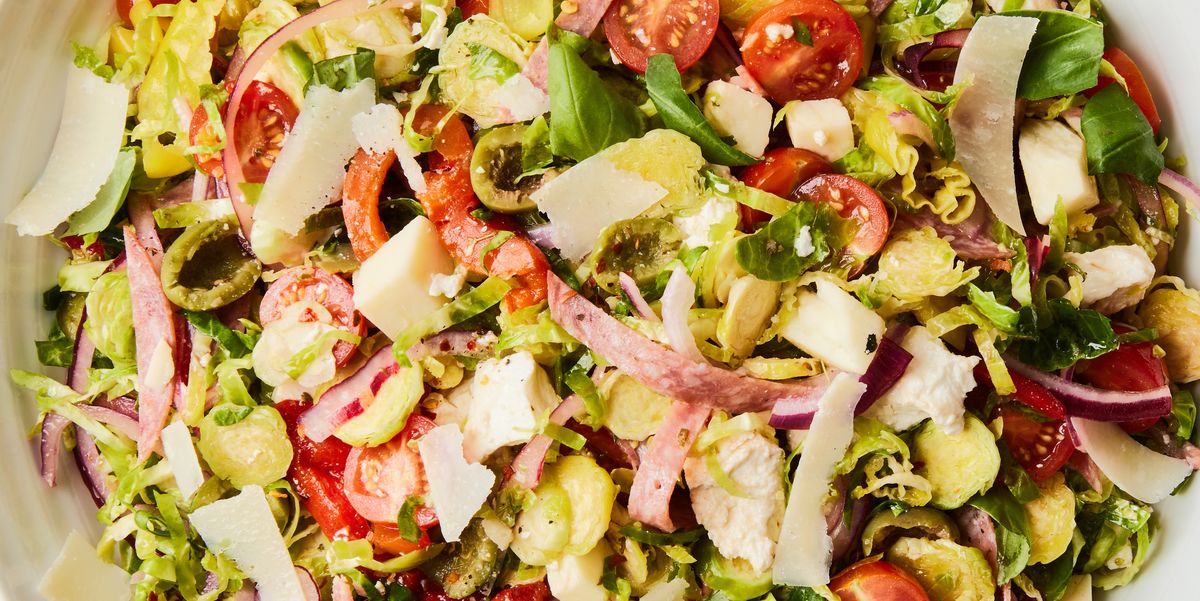
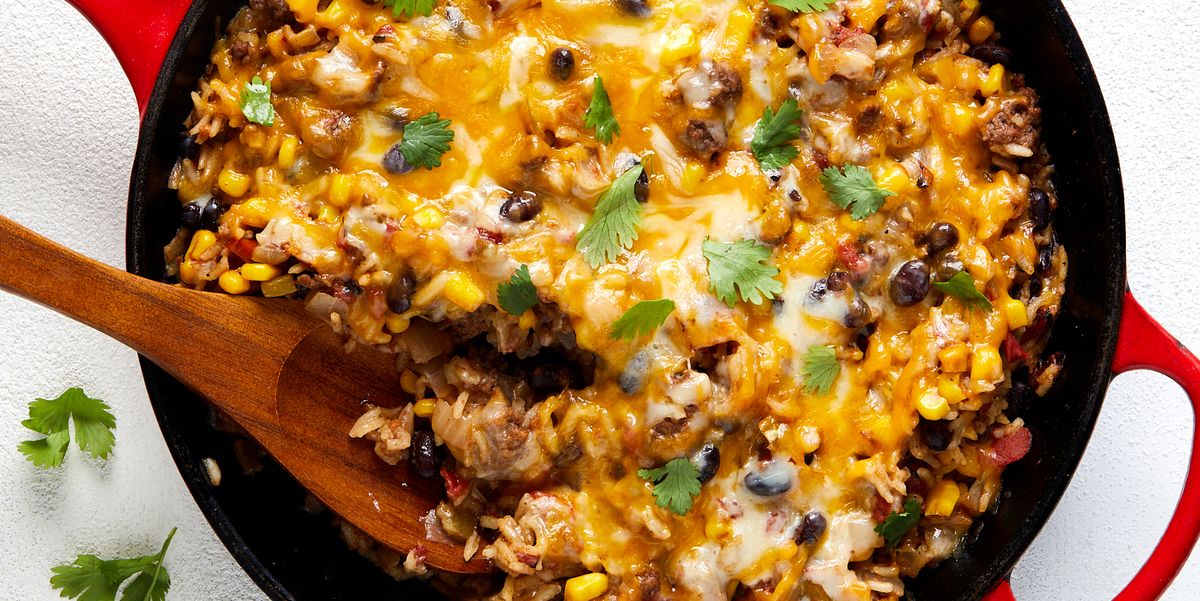
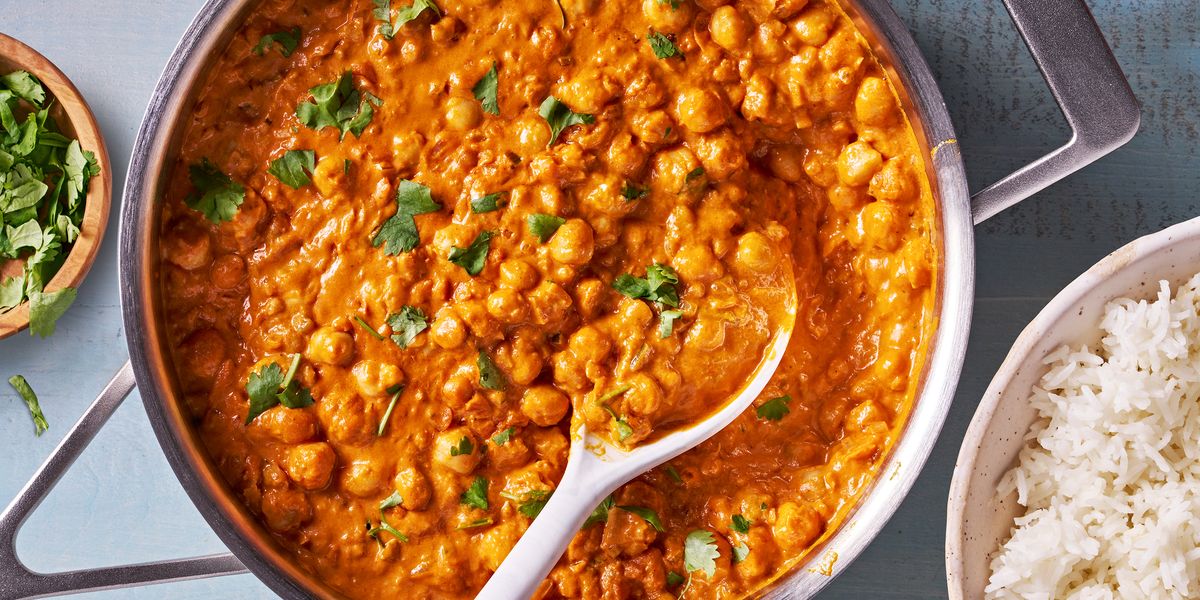







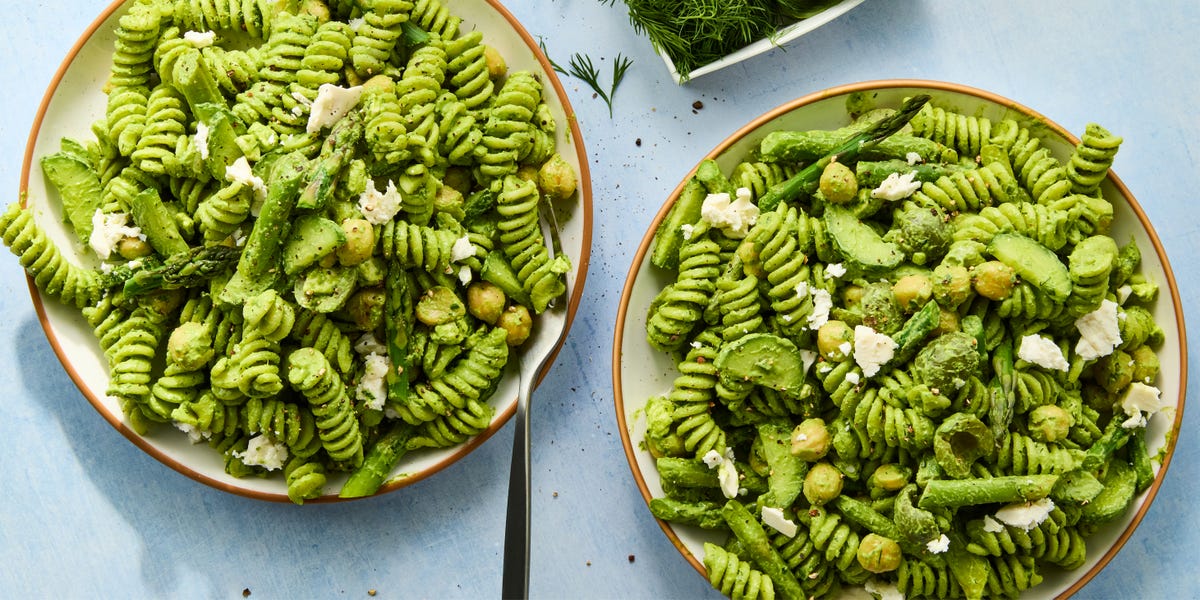


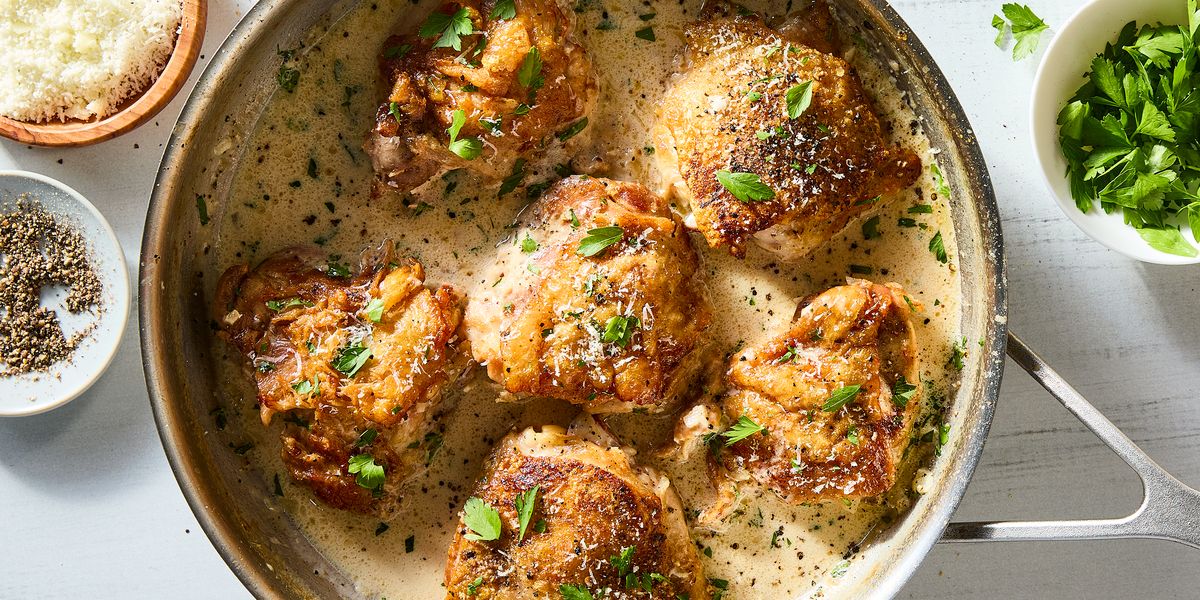

Leave a Reply